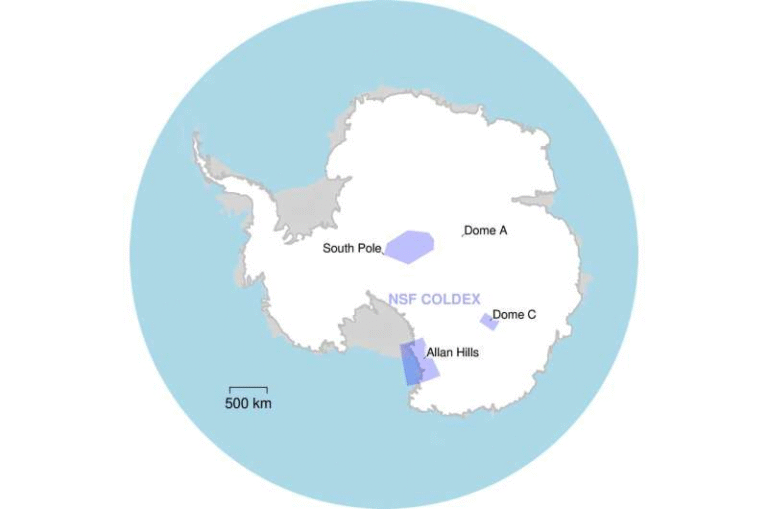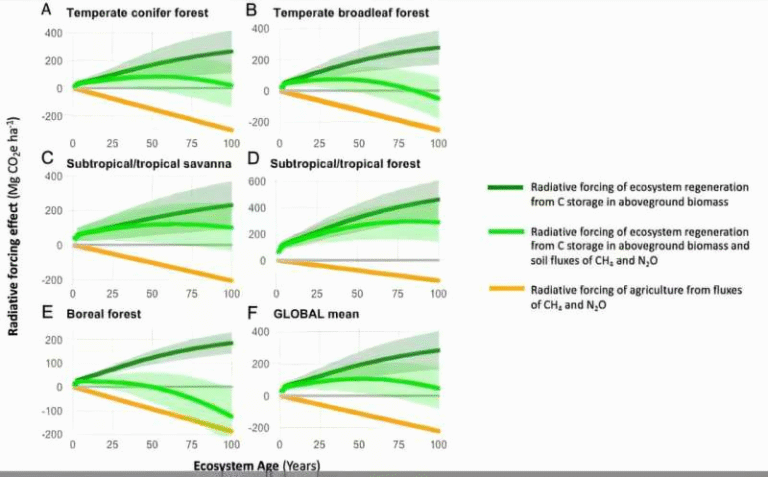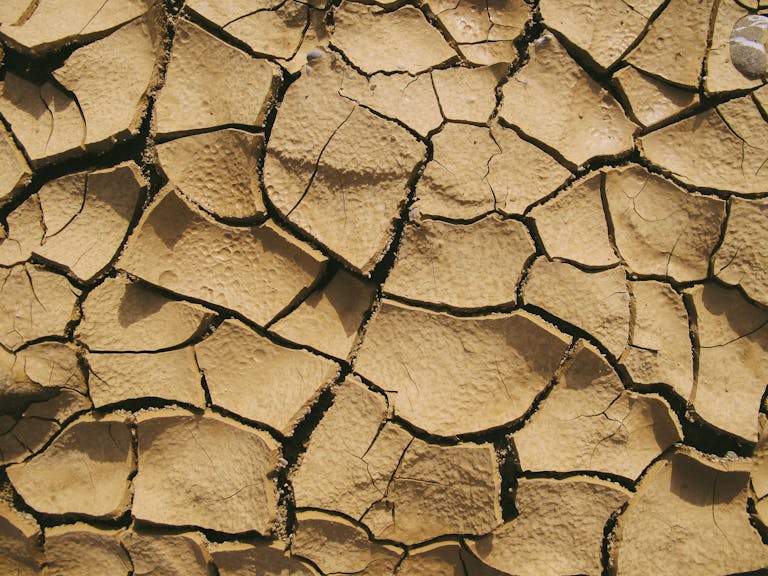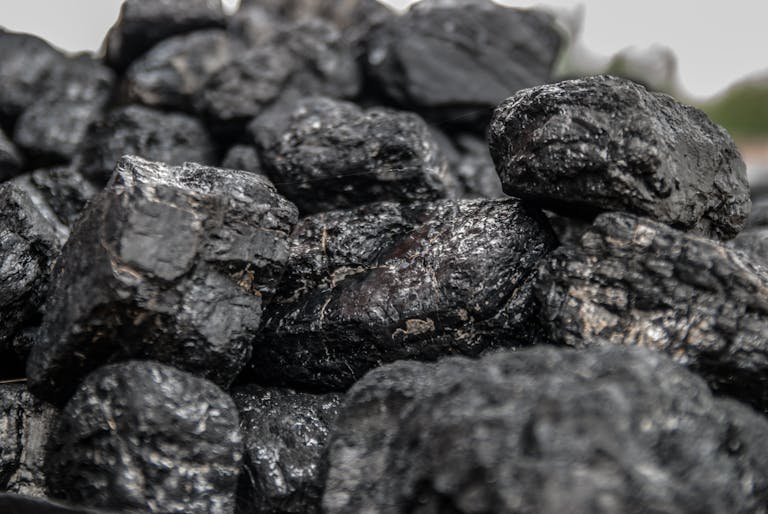Rain in the Sahara? Scientists Predict a Wetter Future for Africa’s Largest Desert
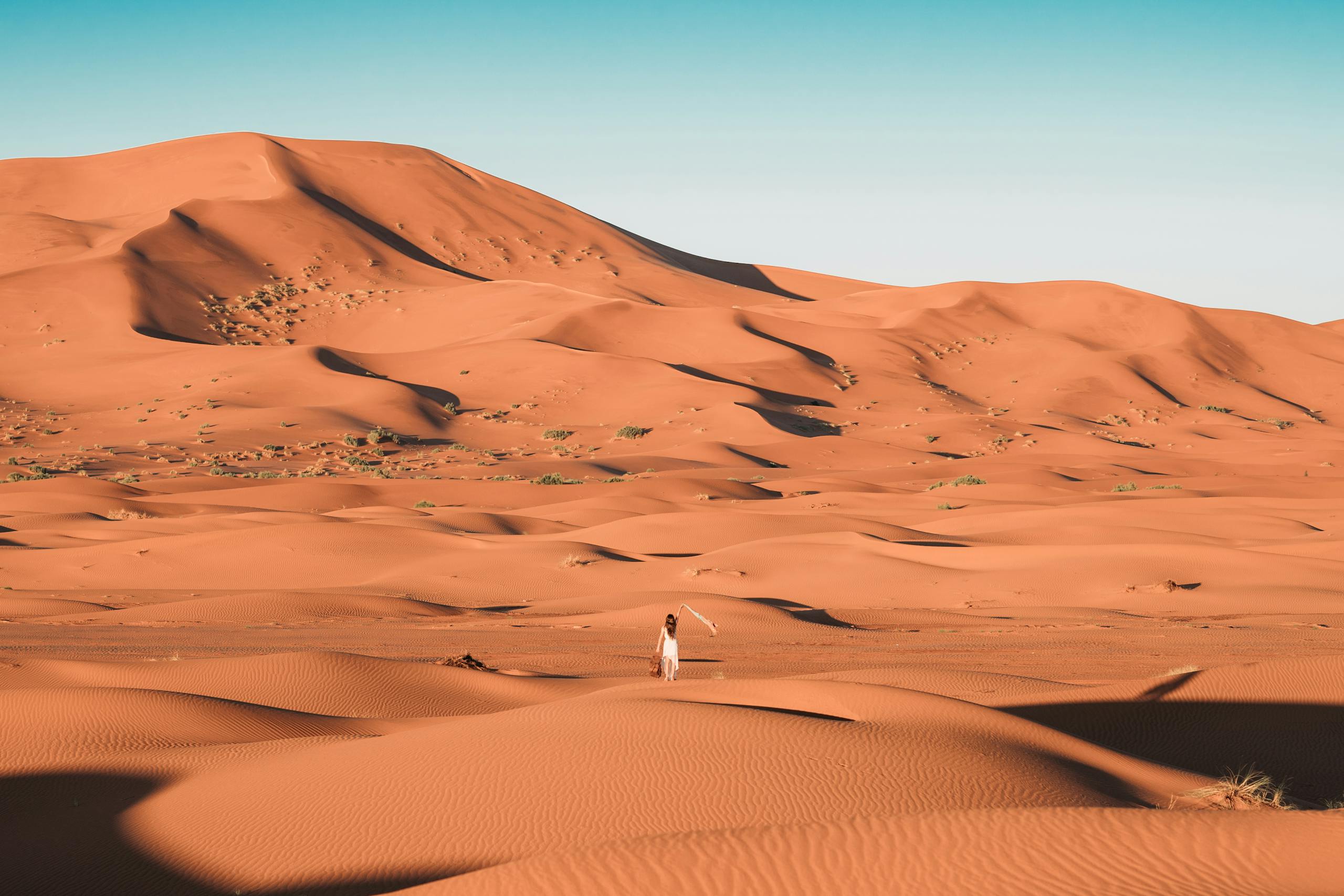
The Sahara Desert, long known as one of the driest places on Earth, might be in for a surprising transformation. According to new research from the University of Illinois Chicago (UIC), climate change could make this vast desert significantly wetter by the end of the 21st century. The study, published in npj Climate and Atmospheric Science, suggests that the Sahara could see up to a 75% increase in rainfall compared to its historical average.
To put that into perspective, the Sahara currently receives only about 3 inches (76 mm) of rain per year — roughly one-tenth of what a city like Chicago gets from rain, sleet, and snow combined. Even so, a 75% jump is remarkable for a region so famously arid.
The study’s lead researcher, Thierry N. Taguela, and his team analyzed rainfall projections using an ensemble of 40 global climate models. Their goal was to understand how rising greenhouse gas emissions could alter precipitation across the African continent — from the driest deserts to tropical zones.
What the Researchers Found
The study compared rainfall patterns between a historical period (1965–2014) and a future projection period (2050–2099). Two main climate scenarios were considered:
- A moderate emissions scenario representing controlled greenhouse gas output.
- A high emissions scenario where emissions continue to rise sharply through the century.
Under both scenarios, rainfall across much of Africa is projected to increase. But the changes vary significantly by region.
Regional Breakdown of Rainfall Projections
- Sahara Desert: Expected to experience up to a 75% increase in precipitation — the largest projected change on the continent.
- Southeastern Africa: Predicted to get around 25% more rainfall by century’s end.
- South-Central Africa: Likely to see an increase of about 17%.
- Southwestern Africa: The only major region projected to lose rainfall, with a 5% decrease expected.
That 75% increase in the Sahara is eye-catching. But even with that boost, the desert will remain relatively dry in absolute terms. A 75% increase on top of 3 inches still amounts to only about 5.25 inches of rainfall per year — nowhere near enough to transform the Sahara into a lush landscape.
Why the Sahara Could Become Wetter
The driving force behind these projected changes is climate change itself — specifically, the way a warmer atmosphere holds more moisture. As global temperatures rise, air can retain more water vapor. When that moisture eventually condenses, it leads to stronger and more frequent rainfall events.
This process, known as a thermodynamic effect, is responsible for much of the increased rainfall projected across Africa. The models also show that changes in atmospheric circulation patterns — how air moves across the continent — play a role.
In some regions, like southwestern Africa, shifts in wind and circulation could suppress rainfall. But over the Sahara and parts of central Africa, these same shifts could enhance moisture convergence, leading to heavier precipitation.
Another key insight from the study is that convective rainfall — the type caused by thunderstorms and localized heating — makes up over 70% of total precipitation across much of Africa. This means that changes in atmospheric instability and temperature could have large effects on how often and how intensely these convective storms occur.
Understanding the Uncertainty
The researchers didn’t just focus on the amount of rainfall — they also examined how confident we can be in these predictions.
By analyzing the 40-model ensemble, they found that model uncertainty accounts for more than 85% of the total variation in rainfall projections by the end of the century. In simpler terms, while most models agree that the Sahara will get wetter, there’s a lot of disagreement about exactly how much wetter.
The other sources of uncertainty — differences in greenhouse gas scenarios and natural year-to-year variability — are relatively minor compared to the differences between models.
This highlights a key challenge in climate science: regional rainfall predictions are notoriously hard to get right. Many models struggle to simulate cloud formation, convection, and local circulation accurately, especially in areas with limited observational data like the Sahara.
So, while the general trend toward a wetter Sahara is consistent across models, the scale of the change remains uncertain.
What a Wetter Sahara Could Mean
Even if the Sahara becomes slightly wetter, it’s unlikely to turn into a green paradise. However, even small increases in rainfall could have noticeable ecological and environmental impacts.
Potential Environmental Changes
- Vegetation: More rain could allow certain hardy plants and shrubs to expand their range, leading to minor greening in localized areas.
- Dust and Aerosols: A wetter desert could mean less dust being lifted into the atmosphere, potentially influencing air quality and global climate patterns.
- Hydrology: Occasional surface water and seasonal streams could appear more frequently, affecting both wildlife and local microclimates.
The Sahara’s history also reminds us that this isn’t entirely new. During the African Humid Period around 10,000 years ago, monsoon rains extended far into what is now desert, creating lakes and grasslands that supported animals and human communities. That wet phase eventually ended due to changes in Earth’s orbit and solar radiation patterns.
This time, however, the driving force is human-caused greenhouse gas emissions, not orbital shifts. That means the mechanisms and long-term outcomes could be quite different.
Implications for the Rest of Africa
Beyond the Sahara, the research projects increased rainfall for southeastern and south-central Africa — regions that already rely heavily on rain-fed agriculture. More rain could, in theory, benefit crops and water supplies. But there’s a catch.
An increase in total rainfall doesn’t necessarily mean an increase in useful rainfall. If most of the new precipitation comes from short, intense storms, it could lead to flooding and runoff rather than replenishing groundwater or supporting agriculture.
In regions with weak infrastructure, that could spell trouble. Flood management, urban drainage, and agricultural planning would all need to adapt.
At the same time, parts of southwestern Africa are expected to dry out further, which could worsen drought conditions. The study emphasizes the importance of developing climate-resilient systems that can handle both wetter and drier futures.
The Science Behind the Models
Let’s dig a bit deeper into how scientists arrived at these conclusions.
The team used an ensemble of 40 global climate models, meaning they didn’t rely on just one or two projections. By combining multiple simulations, they could see both the consensus trend (what most models agree on) and the uncertainty range (how much they differ).
These models simulate the complex interactions between the atmosphere, oceans, and land. They take into account temperature, humidity, wind patterns, and ocean currents, among many other variables.
The researchers looked at two greenhouse gas pathways — one moderate and one high. Even under the moderate pathway, Africa as a whole still shows an upward trend in precipitation. Under the high-emission pathway, those increases become more pronounced, especially in the Sahara region.
To ensure the models were reliable, they compared the simulations against observed rainfall data from the historical period (1965–2014). Once calibrated, they projected those models forward through the rest of the century.
Why This Matters
Changes in rainfall patterns affect nearly every aspect of life in Africa — agriculture, ecosystems, water management, and even migration. For billions of people who depend on predictable weather, a shift in when and how rain falls can mean the difference between a good harvest and a disaster.
This study underscores that climate change isn’t just about warming — it’s about water. Too little or too much of it can both create problems.
The researchers call for urgent improvements in regional climate modeling, especially in representing convective rainfall and land–atmosphere feedbacks. Better models mean better predictions — and ultimately, better preparation.
Looking Ahead
So, could the Sahara really become greener? Possibly — but only to a limited extent. The data suggests more rain, yes, but not enough to erase the desert’s fundamental dryness. It’s more likely to become a slightly wetter desert, not a thriving savanna.
Still, these findings challenge the long-held assumption that global warming will simply make dry places drier and wet places wetter. The Sahara’s case shows that regional climate responses can be complex, with moisture increases even in traditionally arid zones.
For now, the takeaway is clear: Africa’s rainfall future is changing, and the world needs to be ready — not just for droughts, but for floods and shifts in ecosystems that could reshape life across the continent.
Research Reference:
Understanding drivers and uncertainty in projected African precipitation – npj Climate and Atmospheric Science (June 17, 2025)
